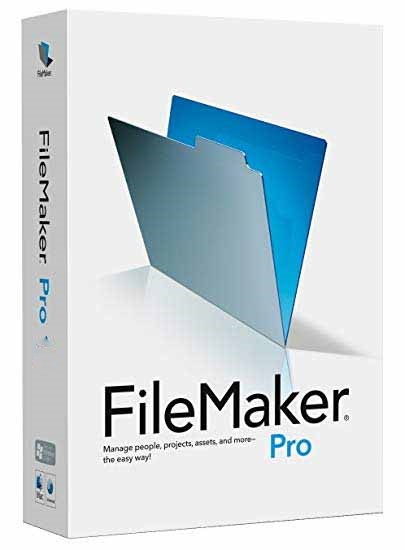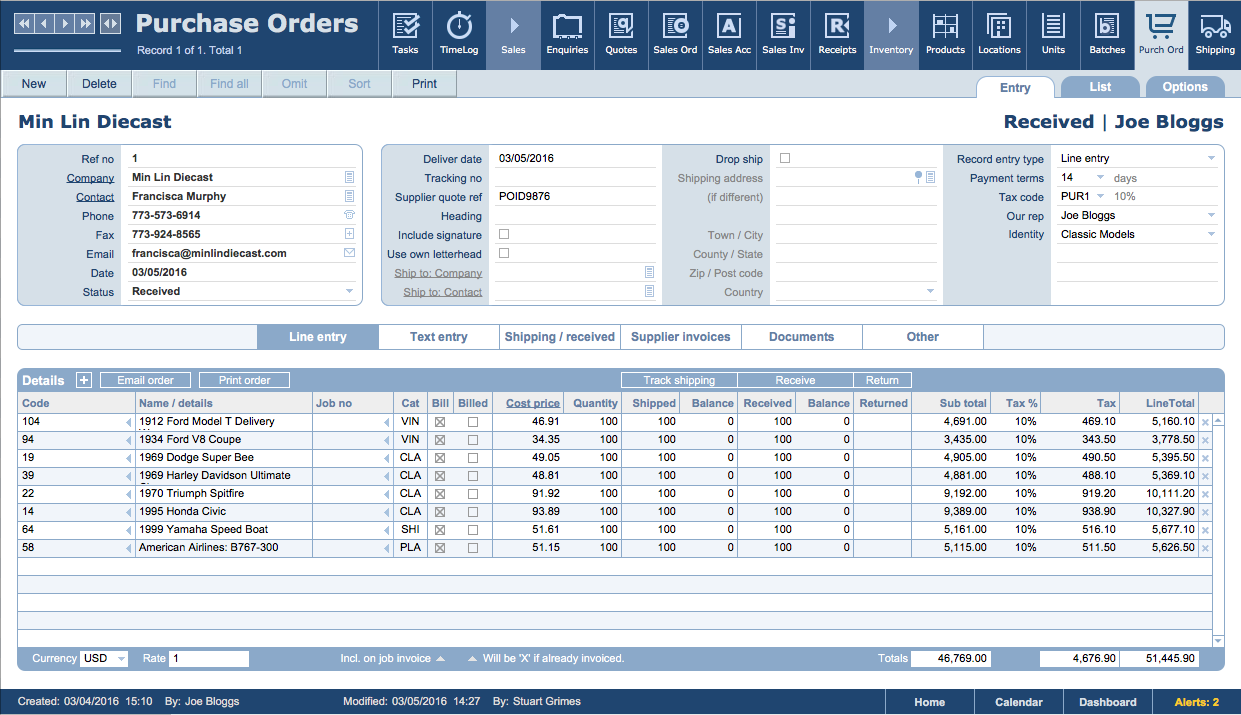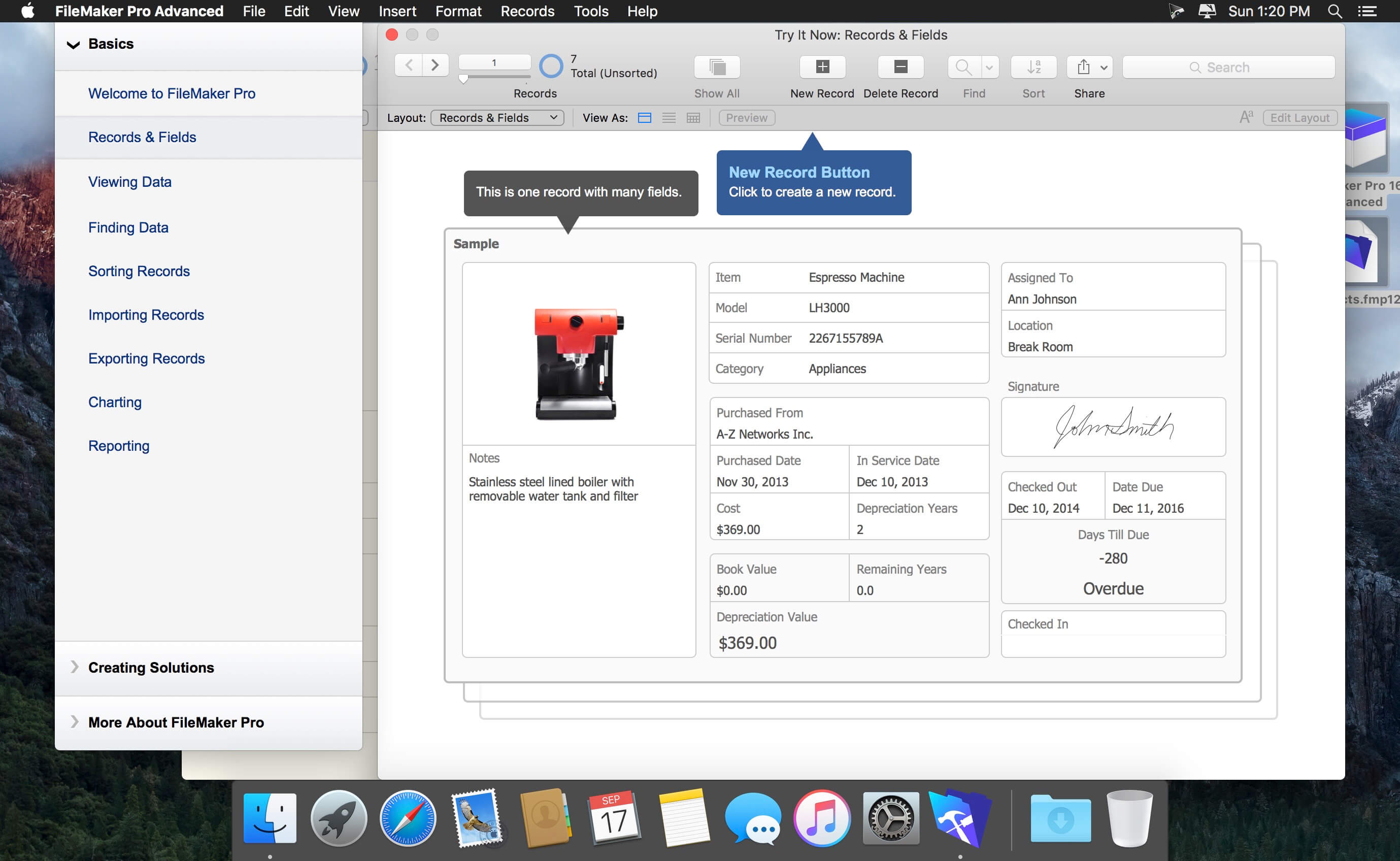

- #Order of hosted filemaker files in filemaker server install#
- #Order of hosted filemaker files in filemaker server update#
- #Order of hosted filemaker files in filemaker server password#
This cookie is set by GDPR Cookie Consent plugin. These cookies ensure basic functionalities and security features of the website, anonymously. Necessary cookies are absolutely essential for the website to function properly. If you are uncertain about completing this process on your own, AppWorks is happy to assist you. Migrations are complicated and can fail without sufficient planning. We strongly suggest waiting at least two weeks before decommissioning the on-prem server, in case a rollback is needed. On the old server, migrate backups to the cloud or other location before decommissioning the on-prem server.Obtain feedback from stakeholders as you assist with change management.Be ready to support users and stakeholders.This will prevent users from accidentally connecting to the wrong copy of your database. Set the on-prem FileMaker server to not start automatically, and disable the FileMaker service.Ask the stakeholder(s) to test the database(s).Test the databases wherever they’re used (FileMaker Client, WebDirect, Data API, xDBC, PHP…).Run a backup schedule and ensure the backup works.Verify that the script schedules are properly configured.Open database files on the cloud server (admin console or CLI).Compressing files with 7zip can save time if internet is slow. Google Drive or Jump Desktop) to the cloud server.

Upload database files in the fastest available method (i.e.
#Order of hosted filemaker files in filemaker server install#
Install and test the SSL certificate on the new instance.We have blog posts on this subject for Windows and MacOS.
#Order of hosted filemaker files in filemaker server update#
#Order of hosted filemaker files in filemaker server password#
Have compatible SSL certificate files and the correct private key password on hand.

This method is aimed at preventing problems and minimizing downtime. Similar to our Security Checklist, we’re publishing our own proven plan for easy FileMaker server migrations from on-premises to cloud servers. With recent social distancing measures, many organizations are migrating to the cloud in order to access workplace applications remotely.


 0 kommentar(er)
0 kommentar(er)
